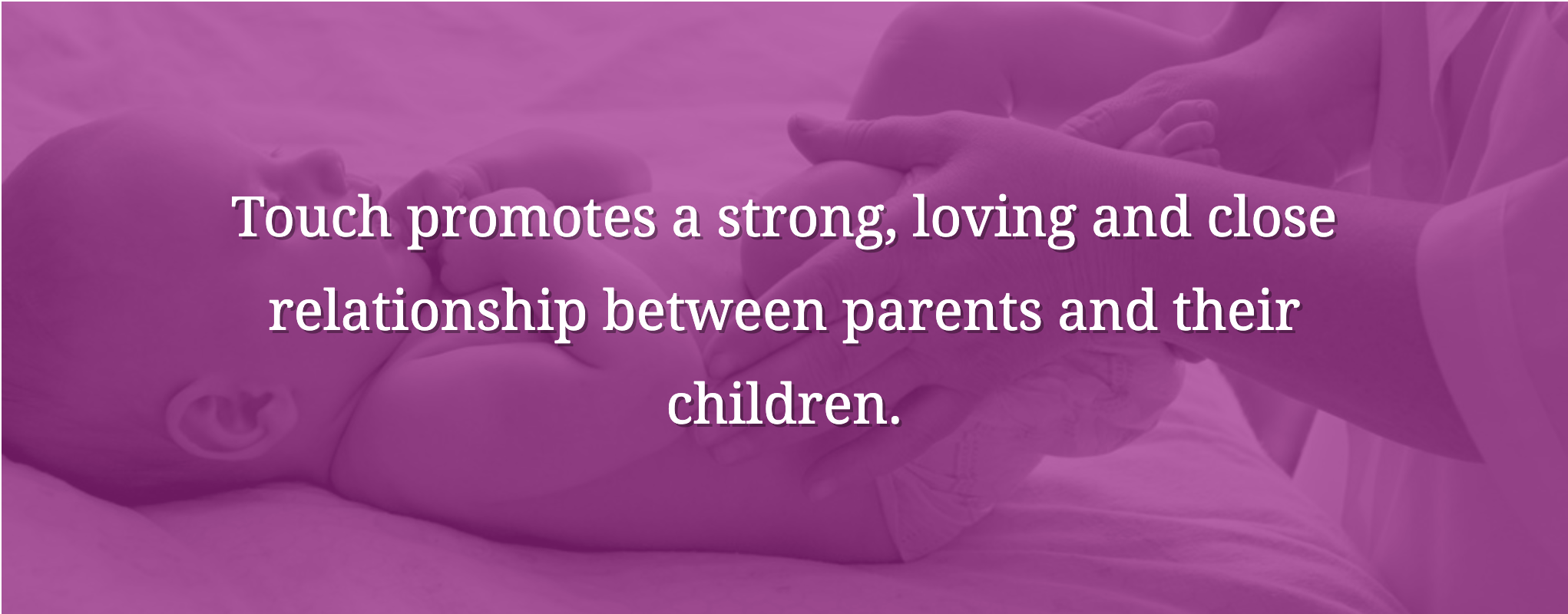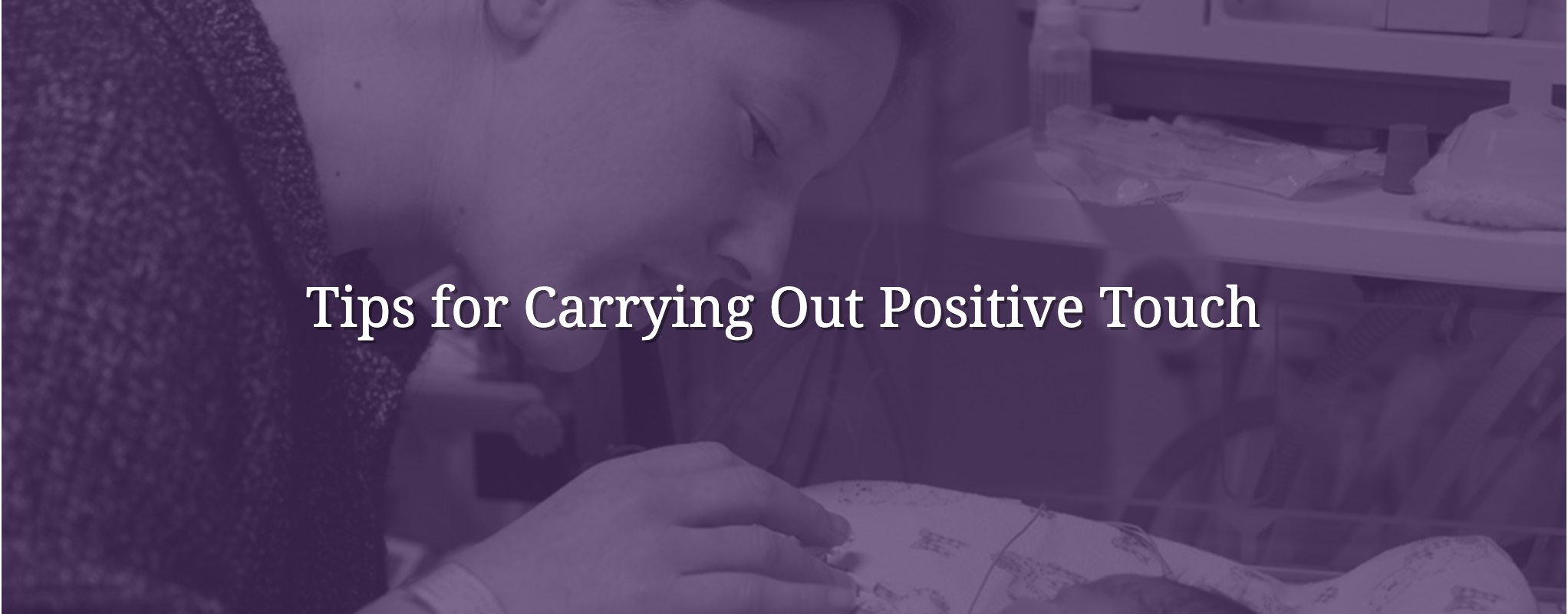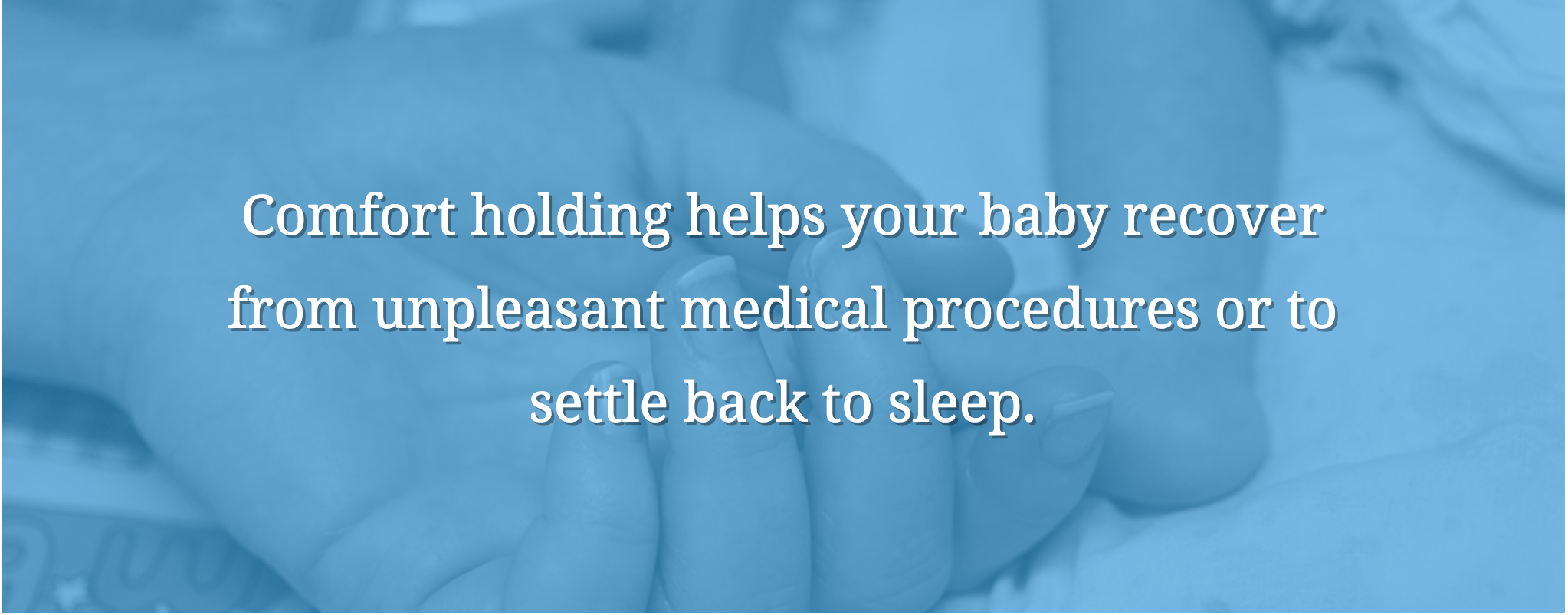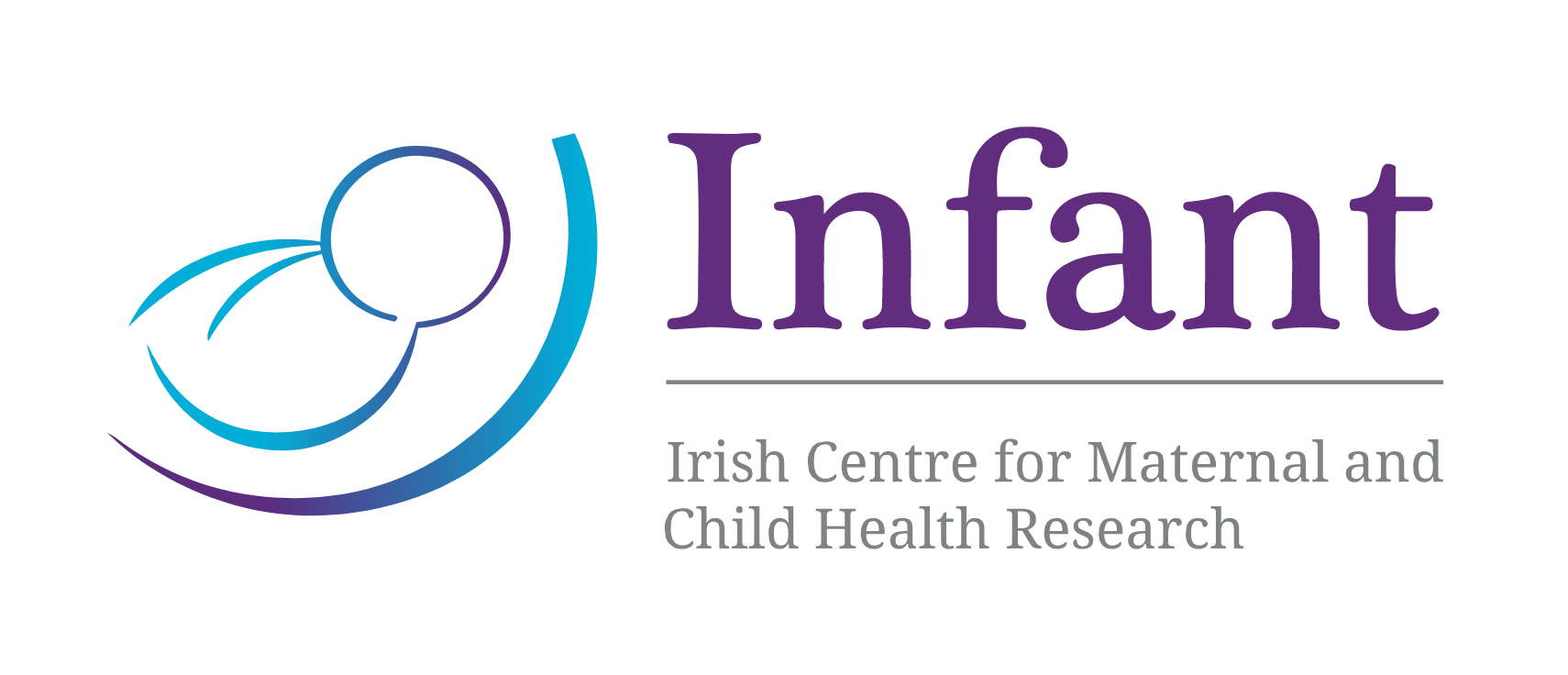Comfort Holding
There are many ways that you can comfort your baby while they are in the neonatal unit (NNU) such as positive touch, comfort holding, kangaroo care, gently talking to your baby, or just being close to them
Positive Touch
Touching your baby is a way that you can communicate your love and support to your baby, and discover what your baby needs in return. This is particularly important during, and after, an unpleasant medical procedure.
Giving and receiving touch enhances the social and physical well-being in all of us. Your baby’s sense of touch develops in the womb to a greater extent than their other senses. As your baby has missed out on some time in the womb, experiencing frequent positive touch is an important part of their development. Touch, holding, and engagement with your baby contribute greatly to their social, mental, and physical development as well as their awareness of themselves.

Sometimes Touch Can Be Stressful
In the NNU, every effort is made to prevent sensory overload from things like too much light, noise, or even touch. Sensory overload can be a source of stress for babies, in particular for small low birth weight babies. Very preterm babies do not like being stroked, or even touched, as it can be too stressful and stimulatin for them, as their skin is so thin. They will, however, recognise your voice and will find you gently speaking to be a source of comfort.
As your baby grows, they will become ready for contact from you. For very young and highly sensitive babies, still and containment holding is the most appropriate. Your baby may like you to hold their hand or foot. The nursing staff will encourage you to touch and hold your baby as soon as it’s appropriate. In addition, and unlike full-term babies, premature babies can only tolerate one form of interaction at a time (either touch or voice, not both).
If they have two forms of interactions too soon, it can mean too much stimulation and be stressful for your baby. Your baby’s nurse will guide you to give the most appropriate positive touch to meet your baby’s needs. Kangaroo care and baby massage become more appropriate as your baby gets stronger.

To carry out positive touch, your baby’s environment should be quiet so that your baby can focus on your touch and not respond to a noisy environment.
- To begin, ensure your hands are clean and warm. You can run your hands together to warm them when you are near your baby. This will let your baby hear you and sense your approaching touch.
- Gently open the incubator door, talk to your baby to let them know you are there. Hearing your voice comforts your baby.
- Pay attention to your baby’s behavioural cues: are they comfortable or looking for support? Start off by offering a finger for your baby to hold, or by cupping your baby’s feet, body, and head with your hand. Watch for signs from your baby that suggest that they are relaxed. The nursing team will be very happy to help you with this.

Comfort Holding
Comfort holding is a form of positive touch and helps your baby to feel secure and relaxed when in their incubator. It is often used after a medical procedure. Carrying out comfort holding when your baby is in pain, has undergone an unpleasant medical procedure or after daily cares, can help your baby get back to sleep when they are unsettled.
How To Perform Comfort Holding
- Watch your baby’s behavioural cues. Do they show that your baby is comfortable and ready for positive touch?
- Cup your warm hand around your baby’s head and/or feet.
- Gently rest the other hand around your baby’s shoulders or hold their arms across their chest.
- Do not use light stroking movements: this can be stimulating and irritating to your baby.
- It helps to breathe slowly and deeply with a feeling of relaxation in your hands.
- Comfort hold your baby until they feel settled.
- When you wish to finish, slowly remove one hand and only remove the other hand if your baby continues to stay relaxed.
- Quietly close the incubator portholes/doors.
